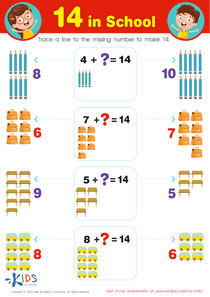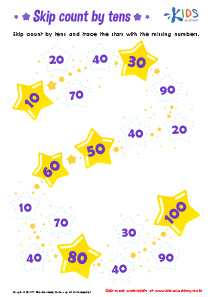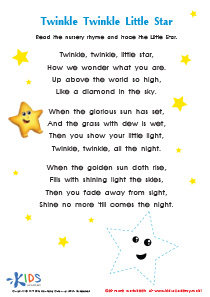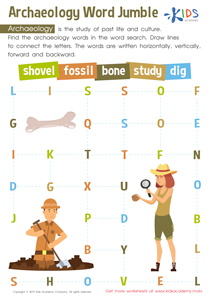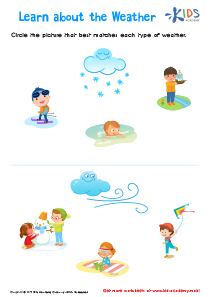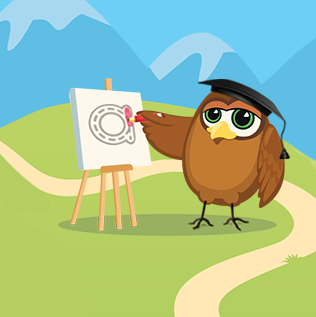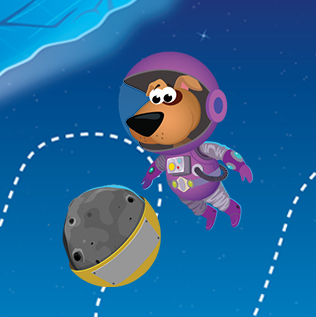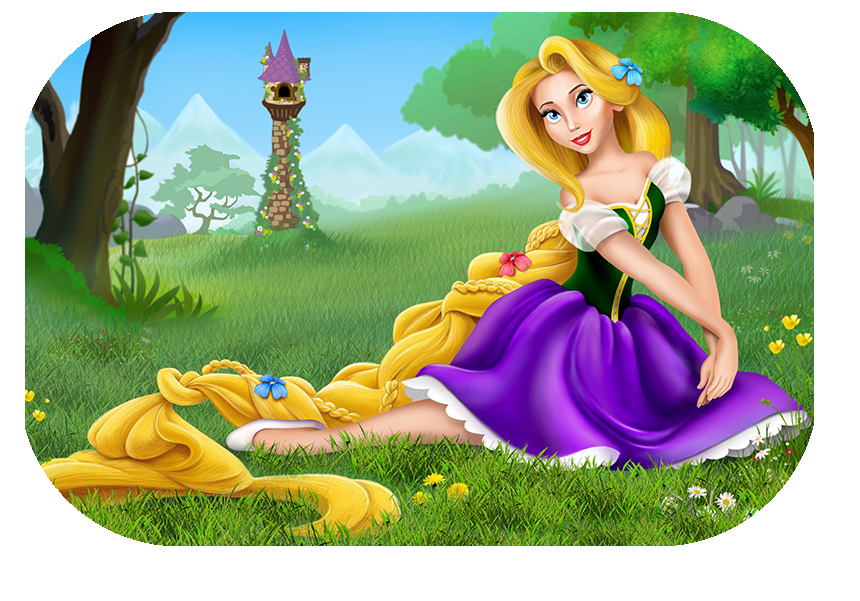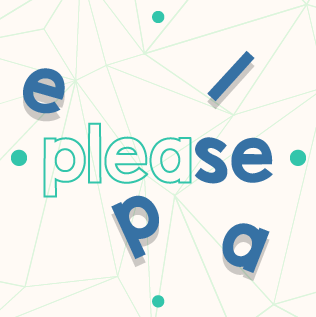English Language Arts Lessons | Key Ideas and Details/ Craft and Structure for Ages 4-5
9 results
Dive into the world of storytelling and reading comprehension with our "Key Ideas and Details/Craft and Structure" lessons, tailored specifically for children ages 4-5. This engaging program combines interactive worksheets, captivating educational videos, and fun assessment quizzes to spark young learners' curiosity and enhance their understanding of essential reading concepts. Whether it's identifying main ideas, understanding character actions, or recognizing story structures, our lessons are designed to develop foundational skills in a joyful and supportive environment. Perfect for early readers, this program promises to make learning an adventure, laying the groundwork for lifelong reading enjoyment and success.
As parents and educators, we all aspire to give our children the best start in life, especially when it comes to their education. One of the foundational aspects of early learning that can significantly enhance a child’s ability to understand and engage with the world around them is their grasp of Key Ideas and Details/Craft and Structure for Ages 4-5. These concepts, though they might sound complex, are pivotal in nurturing a child’s reading, comprehension, and critical thinking skills from a remarkably young age.
The Importance of Key Ideas and Details/Craft and Structure for Ages 4-5
The lessons designed around Key Ideas and Details/Craft and Structure for children aged 4-5 are tailored to introduce young learners to the building blocks of text analysis and interpretation. Through interactive worksheets, educational videos, and assessment quizzes, these lessons make learning both engaging and effective for preschoolers.
Interactive Worksheets: These worksheets are not your typical classroom handouts. They are specifically designed to captivate the young mind with colorful illustrations and activities that cater to their level of understanding and interest. By working through these interactive worksheets, children begin to grasp the concept of key ideas - the main points or messages in a story or piece of information. They also start to understand details - the supporting points or examples that back up the main idea. Additionally, they learn about the craft (how something is written) and structure (how the information is organized), which are crucial for understanding how stories and texts are constructed.
Educational Videos: In today’s digital age, videos are a powerful tool in capturing the attention of young children. Educational videos that are part of these lessons make complex concepts more accessible and easier to understand for preschoolers. Through engaging animations and storytelling, children can see examples of key ideas and details, as well as craft and structure, in action. This visual and auditory learning experience enriches their understanding and retention of the concepts.
Assessment Quizzes: Although the word 'assessment' might sound formal, these quizzes are designed to be playful and encouraging. They serve as a great tool for reinforcing what the children have learned through the worksheets and videos. These quizzes also provide valuable feedback to both parents and educators on the child’s progress and areas that might require additional focus.
The Benefits of These Lessons
The lessons on Key Ideas and Details/Craft and Structure for Ages 4-5 go beyond just learning how to read; they lay a strong foundation for critical thinking and analytical skills. Children who engage with these lessons from an early age are better equipped to ask questions, seek answers, and express their thoughts in a coherent manner. Furthermore, by understanding the structure of stories and texts, they can begin to predict outcomes, infer meanings, and relate what they read to their own experiences.
In essence, these lessons are not only about developing literacy skills but also about nurturing curious, engaged, and thoughtful learners. By investing in such foundational educational experiences, we can help ensure our children are not only prepared for the academic challenges that lie ahead but are also lifelong learners who approach the world with curiosity and enthusiasm.
